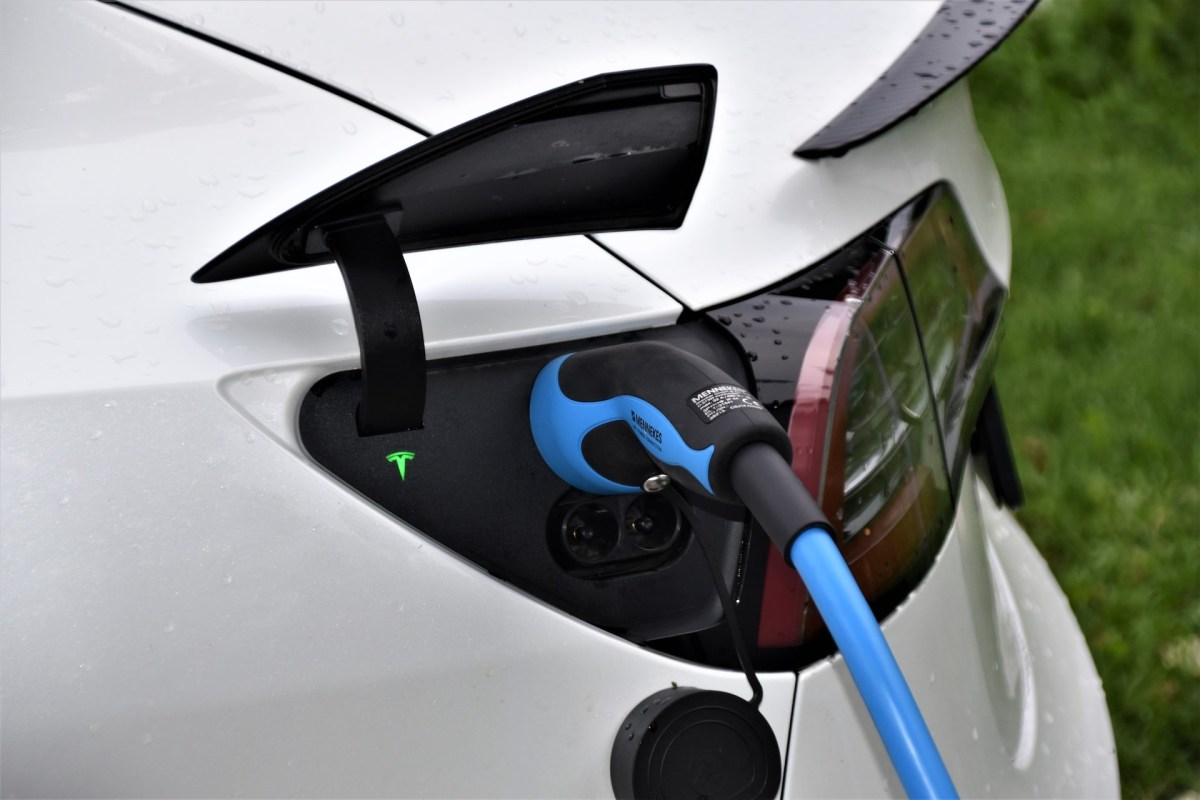There are several big reasons for the U.S. government to offer tax credits for people buying electric vehicles. The first is environmental: an electric car has zero emissions, and some hybrids also have low emissions (well, maybe). There’s also a business aspect to this — if the federal government is looking to bolster cars made in the United States with domestically-made components, it can put tax credits in place that reflect this priority.
On Friday, the federal government announced its guidance for ev tax credits. It includes three significant goals: to “lower costs for consumers, build a resilient industrial base and spur manufacturing in the U.S., and strengthen supply chains with like-minded partners that are vital for energy security.” What that means in practice could be a little harder to parse. As a Yahoo Finance article (via Autoblog) observes, determining precisely what is and is not eligible might not be immediately apparent for many makes and models.
Among the new guidelines are requirements for the critical minerals used in the battery — specifically, that they “must be extracted or processed in the United States or a country with which the United States has a free trade agreement, or be recycled in North America.” That begins with 40% of the minerals in question for 2023, increasing 10% annually until it reaches 80% in 2027.
That accounts for half of the total $7,500 tax credit. The other half will come from where the battery components were manufactured and/or assembled — for this year, North America must account for at least 50%. That’ll increase 10% each year, eventually reaching 100% in 2029.
What Is the US “Battery Belt”? And Where Is It Located?
A new economic region has formed based on electric car and battery manufacturingAs the Yahoo article notes, this could cause some confusion as to which vehicles will be eligible for which credits. The new guidance states that on April 18, the U.S. Department of Energy’s guide to vehicle eligibility will have information based on what automakers have provided.
It’s also worth mentioning that these are not the final rules, so things could change again in the coming weeks.
Thanks for reading InsideHook. Sign up for our daily newsletter and be in the know.


















